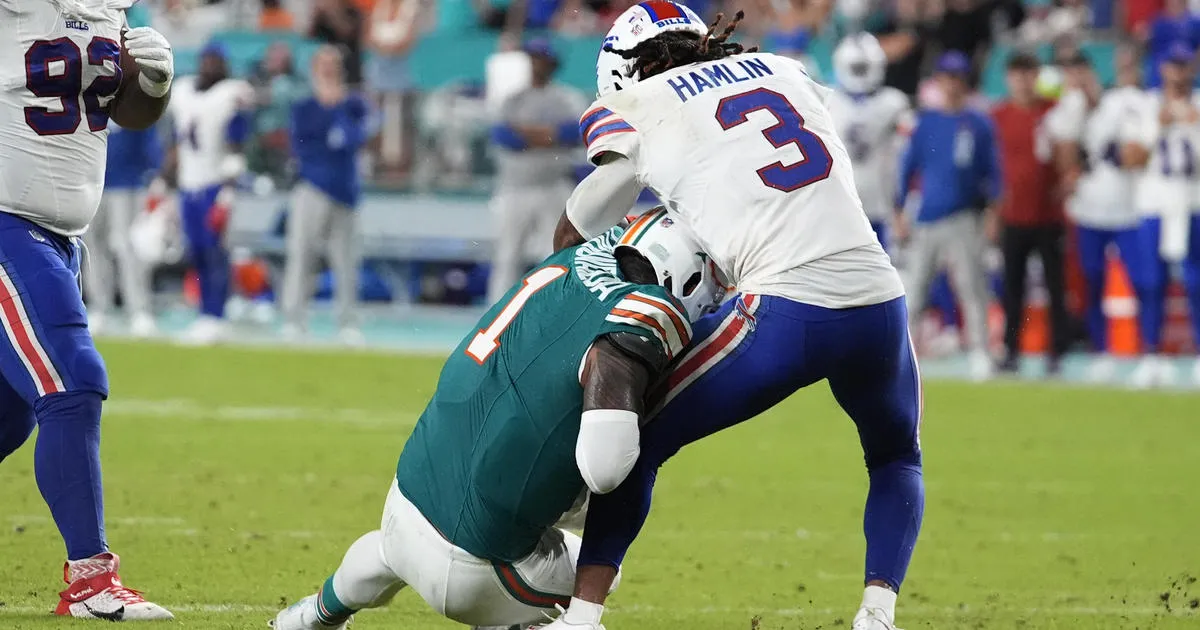Tua Tagovailoa's Concussion: Implications for Health and Sports Safety

Understanding Tua Tagovailoa's Concussion
The Miami Dolphins quarterback, Tua Tagovailoa, faces another significant health challenge as he has been diagnosed with a concussion during a recent game against the Buffalo Bills. This injury marks the third concussion of his career within a two-year span. Health professionals emphasize the risks associated with repeated head injuries, particularly in high-contact sports like the NFL.
Key Moments in the Game
During the Dolphins' 31-10 loss to the Bills, Tagovailoa was involved in a collision with defensive back Damar Hamlin while attempting to gain a first down. Instead of sliding, Tagovailoa lowered his shoulder, leading to the head impact that has raised alarms within the sports community.
- Immediate response from teammates indicated concern for Tagovailoa's health.
- Medical attention was prompt, but the initial evaluation suggested signs typical of a traumatic brain injury.
- Tagovailoa was taken off the field, and the Dolphins later confirmed he would not return to play.
Next Steps in Recovery
Following the injury, Tagovailoa has entered the NFL's concussion protocol. He will need to undergo a thorough series of tests before being considered for a return to the field. Coach Mike McDaniel has noted that the team will hire another quarterback to prepare for Tagovailoa's uncertain timeline.
Implications for NFL Player Health
This situation underlines the broader conversations regarding athlete health and safety in professional sports. As concussions can lead to long-term health consequences, adequate protocols and medical evaluations are crucial for all players.
Disclaimer: The information provided on this site is for informational purposes only and is not intended as medical advice. We are not responsible for any actions taken based on the content of this site. Always consult a qualified healthcare provider for medical advice, diagnosis, and treatment. We source our news from reputable sources and provide links to the original articles. We do not endorse or assume responsibility for the accuracy of the information contained in external sources.
This article was prepared using information from open sources in accordance with the principles of Ethical Policy. The editorial team is not responsible for absolute accuracy, as it relies on data from the sources referenced.